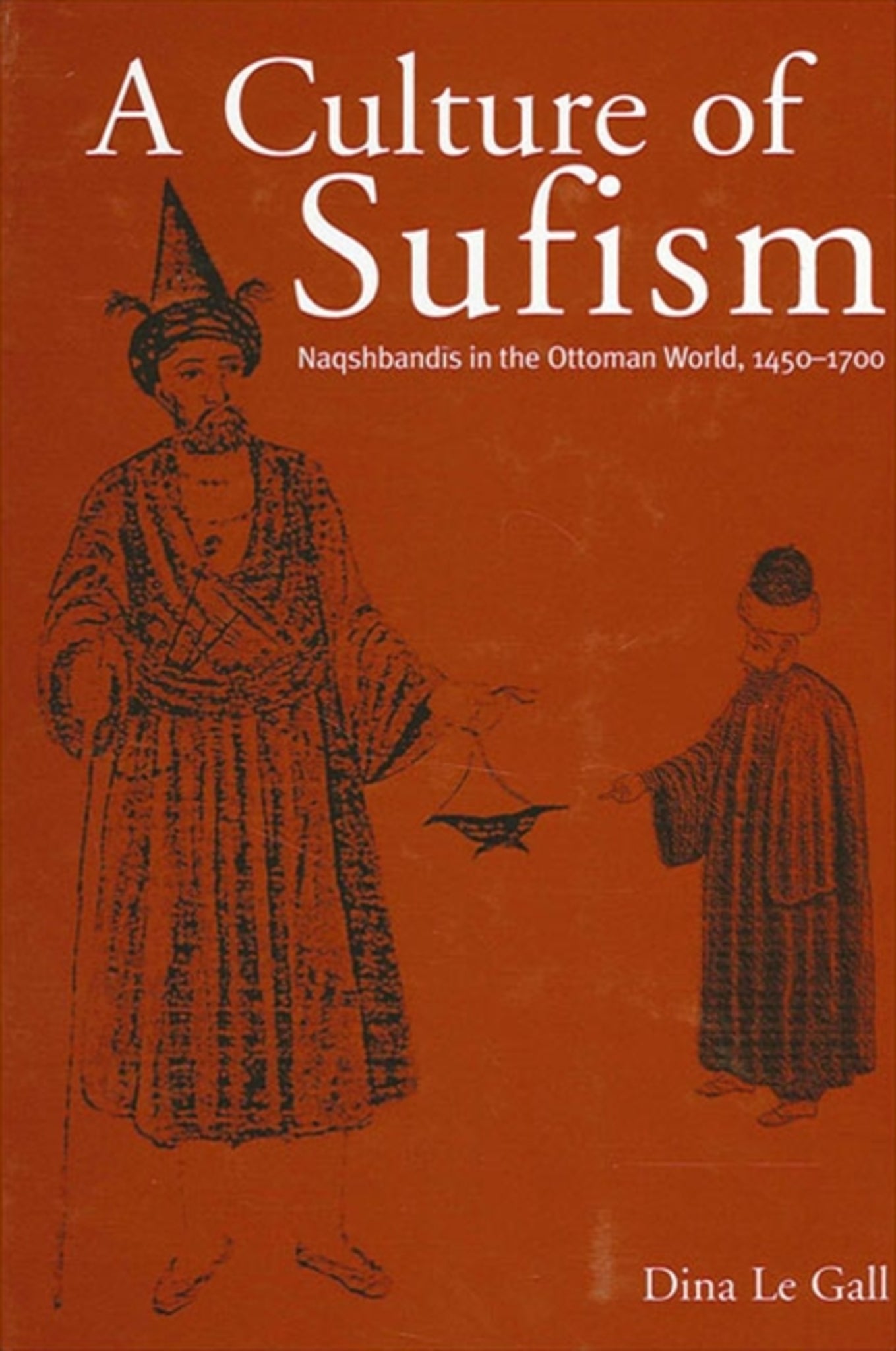We're sorry. An error has occurred
Please cancel or retry.
A Culture of Sufism

Some error occured while loading the Quick View. Please close the Quick View and try reloading the page.
Couldn't load pickup availability
- Format:
-
03 January 2013

Unearths the history of the Naqshbandiyya, one of the most widespread and enduring Sufi brotherhoods.
A Culture of Sufism opens a window to a new understanding of one of the most prolific and enduring of all the Sufi brotherhoods, the Naqshbandiyya, as it spread from its birthplace in central Asia to Iran, Anatolia, Arabia, and the Balkans between the fifteenth and seventeenth centuries. Drawing on original sources and carefully aware of the power of modern paradigms to obscure, Le Gall portrays a Naqshbandiyya that was devotionally sober yet not demysticized and rigorously orthodox without being politically activist. She argues that the establishment of this brotherhood in Ottoman society was not the product of political instrumentality. Instead the Naqshbandī dissemination is best explained in reference to a series of little-appreciated organizational and cultural modes such as proclivity to long-distance travel, independence from specialized Sufi institutions, linguistic adaptability, commitment to writing and copying, and the practice of bequeathing spiritual authority to non-kin.


Acknowledgments
Note on Transliteration
Introduction
Part One: Dissemination
1. From Transoxania to the Ottoman Lands
The Birth of a Tariqa: From Khwajagan to Naqshbandiyya
Agents of Transmission
In the Shadow of Safavid Persecution
Safavid Power and Changing Patterns of Communications
Conclusion
2. Istanbul
Establishing a Presence
Spiritual Lines and Continuity
Tekkes and Institutional Arrangements
Penetrating Society
Waqf-Making and the Women of the Tariqa
3. Anatolia and the Balkans
Capital and Province, Town and Countryside
The Balkans
Kurdistan
A Charismatic Shaykh and His Demise
Bursa
4. Arabia
Constraints on Early Transmission
An Indian Transplant and His Arabian Disciples
Teaching in Multiple Tariqas
Conclusion
Part Two: The Politics and Culture of a Tariqa
5. Devotional Practice and the Construction of Orthodoxy
"Acting with Strictness"
Sobriety in Devotional Practice
Communicating with the "Friends of God"
Teaching Ibn al-'Arabi
Bakri Genealogy: From a Spiritual to a Political Marker?
Conclusion
6. Politics of Sunnism, Battles over Orthodoxy
Ahrarian Politics and the Ottoman Environment
"Bringing the Heterodox to Heel"
A Thesis Revisited
A Naqshbandi Kadizadeli
7. Organizational and Cultural Modes
"The Shadow of the Shaykh is Better than Dhikr"
Bequeathing Spiritual Authority and Sending off Khalifas
Tariqa, Silsila, and Pride of Affiliation
Travel, Language, and the Tariqa as Interregional Network
Conclusion
Notes
Glossary
Bibliography
Index



